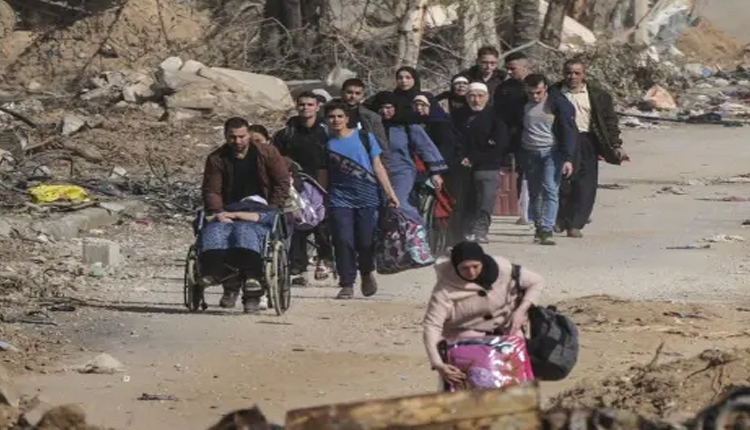New Delhi: Amid cautious hope from the fledgling Gaza Peace Plan, displaced families are trickling back to their battered homes in the Strip, where two years of relentless conflict have left over 67,000 dead and an economy in tatters.
The truce, kicking off with Hamas releasing seven Israeli hostages on Monday — followed by 13 more — signals the first phase of US President Donald Trump’s 20-point blueprint. In exchange, Israel will free 2,000 Palestinian prisoners, withdraw troops from urban zones, and allow aid to flow.
But for Gaza’s 2.1 million residents, the real question looms: Can this fragile calm resurrect livelihoods Israel has systematically crushed?
Once a modest hub of resilience, Gaza’s economy hinged on agriculture, fuelled by 80% of pre-war exports to Europe. Farmers toiled in citrus groves, olive orchards, strawberry fields, date palms, and flower beds, battling water pollution, overpopulation, and sporadic clashes. Small-scale manufacturing —textiles, food processing, furniture, pottery, and construction materials — provided vital jobs. Yet, Israel’s blockade since 2007 choked raw material imports, shuttering factories and spiking unemployment to 57% by early 2024, according to UN estimates.
The October 2023 escalation revoked work permits for 100,000 Gazans in Israel, their remittances a lifeline since 2005. Today, 85% of the workforce idles amid rubble, with 80% of the population aid-dependent before the war — now, famine stalks the land, with meals slashed to one every other day.
Gaza’s scars run deep: Founded around 3000 BCE as a vital Asia-Europe-Africa trade nexus, it endured conquests by Pharaoh Thutmose III, King David, Alexander the Great, Ottomans, and Brits. Post-1948 Oslo Accords, the Palestinian Authority gained limited sway, but Hamas seized control in 2007. Israel and Egypt’s border stranglehold sparked wars in 2008, 2014, 2021, and 2023-25, razing infrastructure and farmland — over 20 sq km of crops lie barren, going by Amnesty’s May 2025 satellite analysis of Khuza’a’s total demolition.
As Trump hails a “durable peace” and UN teams ready aid surges, optimists eye rebuilding: Rubble-clearers inbound, schools for 700,000 kids, and technocrat governance under a Trump-chaired board. Yet, with Hamas demanding disarmament tweaks and Israel eyeing demilitarisation, sceptics warn of a relapse. For Gaza’s weary farmers and factory hands, this ceasefire isn’t just politics — it’s survival. Will it bloom like a strawberry field or wither like scorched earth?



Comments are closed.